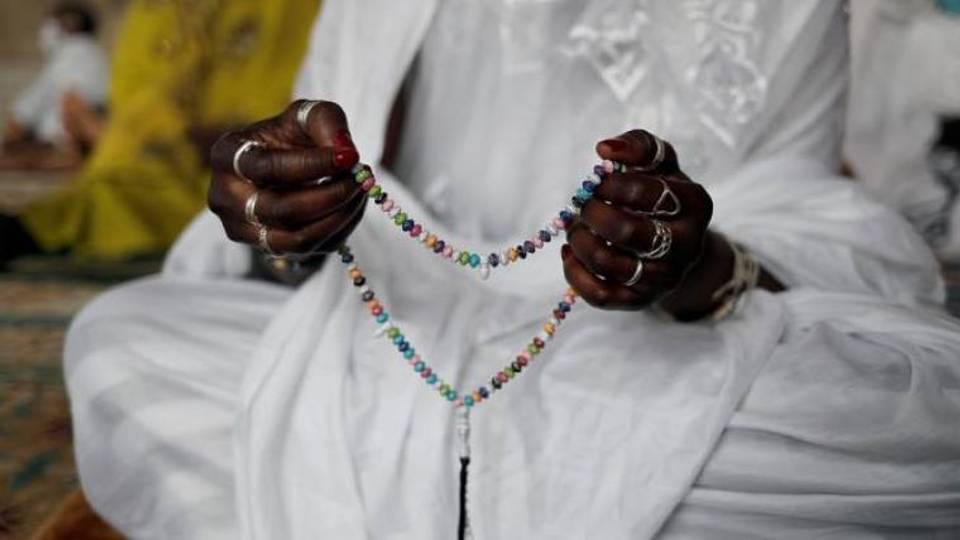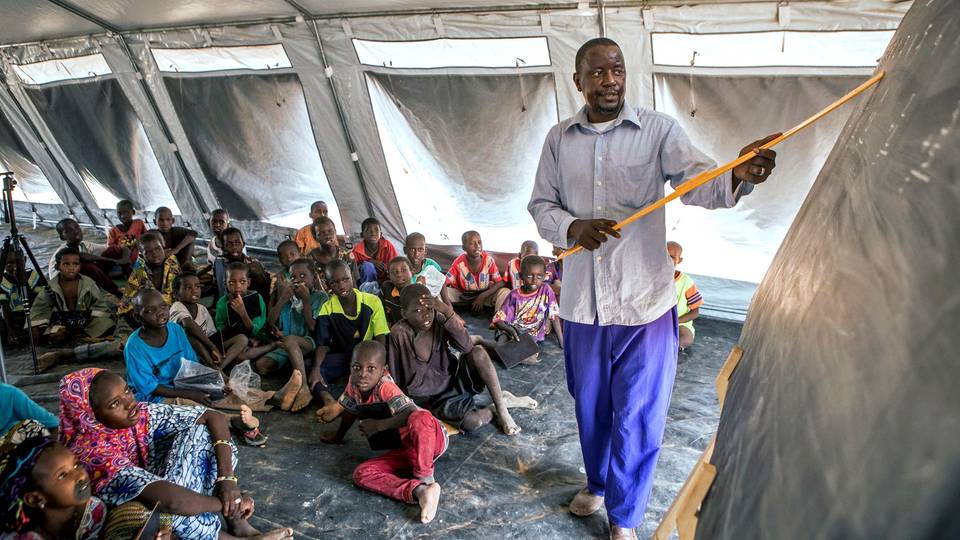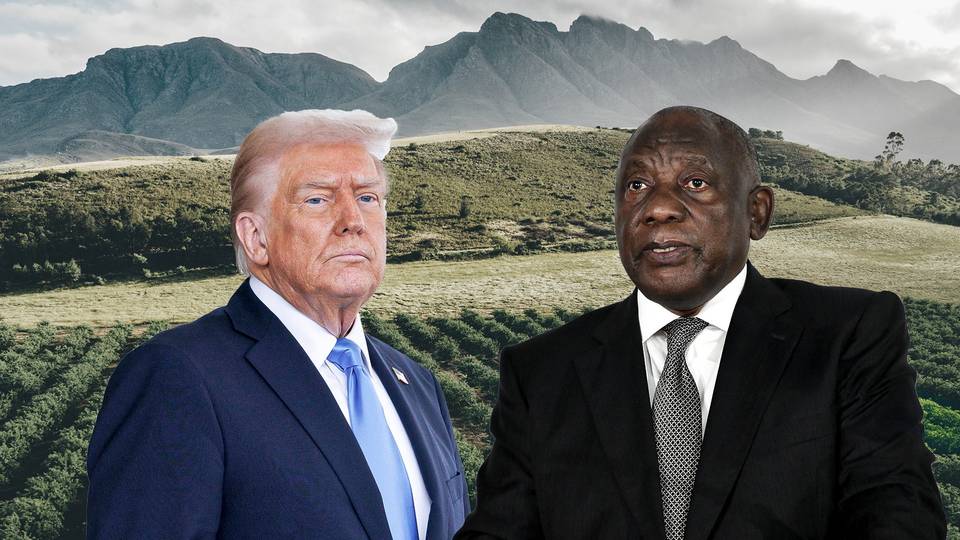Sport
Dollar
38,0274
-0.01 %Euro
41,7209
-0.48 %Gram Gold
3.710,2200
-0.01 %Quarter Gold
6.269,7200
0 %Silver
36,1600
0.02 %Despite recent border agreements, the two countries' tensions over trade, security, and the digital space show no signs of abating.

By Mir Seeneen
India's Narendra Modi (L) and China's Xi Jinping (R) face a growing battle between their countries, fought in the cyber sphere (AP/Manish Swarup).
Despite recent overtures toward reconciliation, India and China appear to be bigger rivals than ever before.
The two nations have been trading diplomatic barbs in recent years, with Chinese President Xi Jinping declining to attend Indian Prime Minister Narendra Modi's 2023 standout G-20 summit.
In return, Modi skipped this year's Shanghai Cooperation Organisation summit in Kazakhstan.
However, the two nations agreed to a fiercely negotiated border deal regarding the disputed Ladakh region in October. Referring to that agreement, India's Ministry of External Affairs (MEA) highlighted its improved relations with Beijing in December.
But such amity attempts are unlikely to curb the escalating conflict being played out in the cybersphere between the two billion-plus Asian nations.
Virtual wars
It's a standoff that's been gaining momentum since the outset of the Covid pandemic, when New Delhi under Modi took the conflict to cyberspace by announcing an immediate ban on 59 Chinese apps, including Weibo, in 2020.
The move was seen as the opening salvo in an ongoing virtual war, amid the backdrop of India and China's border dispute in Ladakh.
Growing jingoistic debates and discourse in the Indian mainstream and social media only fuelled this digital battleground, with Chinese apps being accused of containing "unlawful content" and potential national security threats.
In return, Chinese commentators unleashed their own patriotic war, publishing pieces in government-owned publications that lambasted India's hyper-nationalist narrative. It also warned them of consequences, including the escalation of the Kashmir issue at the United Nations and the initiation of military operations in Ladakh and Arunachal Pradesh.
This war of words prompted New Delhi to impose further embargoes on popular Chinese apps like TikTok in the name of its "Make in India" campaign, where for the first time, Indian apps started dominating the Indian cyberspace.

Competition is determining the national development goals of these two ancient civilisations that once benefited from trade and cultural exchanges.
New Delhi sees Beijing as its biggest competitor, prompting the Indian dispensation to suspend direct flights to China, restrict visas, expel journalists and contain Chinese investments in India.
India has also imposed restrictions on civil society interactions, media dialogue, student exchange programs, cross-cultural activities and arts and crafts meetings, making it difficult for everyday Indian and Chinese people to interact.
Before this enforced competitiveness, both countries enjoyed a meteoric rise in the early 1990s. They created their own niche markets in the world: China with semiconductors, and India with software.
But driven by vocational skills, Beijing doubled its per capita income compared to its Asian nemesis. This only stoked hostility, despite the two countries signing a 1993 peace pact and a 2013 border defence cooperation agreement.
Other issues
The virtual battle appears to be a manifestation of deeper issues that India and China have disagreed over for decades, including territorial disputes.

Firstly, there's Beijing's military presence on the border in Ladakh, and also in the Indian Ocean, where New Delhi accuses China of operating spy ships.
Beijing didn't hold back as it expressed discontent with India's support for its "renegade province" of Taiwan. The manufacturing giant also accused New Delhi of interfering with the Tibet issue in 2019 by sheltering the Buddhist leader, the Dalai Lama, seen as a separatist figure by the Chinese.
The counter-allegiance of these two countries is also defining the discord between them. As part of two rival fronts, India supports the Indo-Pacific Quad, while China throws its weight behind the Belt and Road Initiative.
As a member of BRICS—a global front comprising Brazil, Russia, India, China, and South Africa—China was indirectly tagged as "anti-Western" by Modi during a closed session this October.
The Indian premier's main concern is New Delhi's shrinking influence in the forum, as Beijing and Moscow pursue their global expansionism ambitions.
Kashmir confrontations
But aspiring to be a "Vishwa Guru"—the world leader—Modi's "new India" refuses to play second fiddle in Asia. The country openly objects to the China–Pakistan Economic Corridor in Pakistan-administered Kashmir and has called out Beijing's aggression in Arunachal Pradesh.

China on the other hand opposes New Delhi's unilateral decision to change the dynamics of the conflict zone in Kashmir.
In August 2019, New Delhi rescinded special status to disputed Kashmir and carved Ladakh as a separate union territory from it. China objected to the move, saying it violates the United Nations resolutions on Jammu and Kashmir.
This resentment later surfaced on the Line of Actual Control in Ladakh, where the People's Liberation Army fought the Indian Army in what was termed the deadliest confrontation since the 1962 Sino-India war.
Half a decade later, as the frontier faceoff has created a new front in Asia, the Indian external minister wants strict adherence to the border disengagement.
However, many in India see this as a tactical retreat when the war in Ukraine has brought China closer to India's old defence ally, Russia. Beijing's move is driven by the US-India cooperation on naval logistics and disruptive technologies. While peace talks and diplomatic efforts continue, the rivalry between India and China in cyberspace remains a key battleground. Digital warfare, driven by national security concerns and economic competition, is likely to intensify, with both countries aiming for control of cyberspace and global influence.
For now, the strategic shift in India's approach to China, while not drastic, underscores the growing competition between the two nations—a rivalry that shows no sign of abating anytime soon.
The author, Mir Seeneen is a South - Asia based correspondent, whose work has published in The Guardian, Al Jazeera, The Diplomat Magazine and SAAG, among others.@MirSeeneen
Disclaimer: The views expressed by the author do not necessarily reflect the opinions, viewpoints and editorial policies of TRT Afrika.
➤ Click here to follow our WhatsApp channel for more stories.
Comments
No comments Yet




















Comment